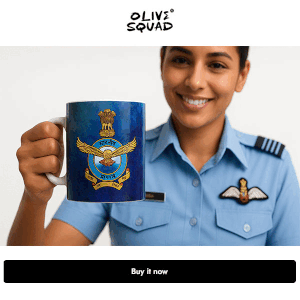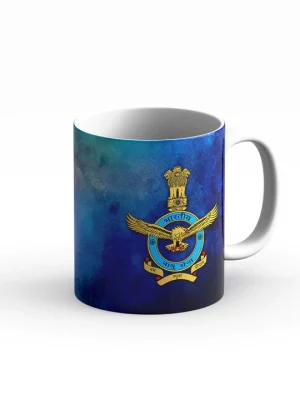In a pivotal announcement, Defence Secretary Rajesh Kumar Singh has confirmed that India is actively considering the procurement of fifth-generation fighter jets from key allies to address the Indian Air Force’s (IAF) capability shortfall. The move comes amid growing regional security challenges and the urgent need to restore IAF’s squadron strength, which has dropped to 31 against the sanctioned strength of 42.
Speaking to CNBC-TV18, Singh described the initiative as a short-term but necessary measure while India continues development of its indigenous fifth-generation Advanced Medium Combat Aircraft (AMCA). Approved by Defence Minister Rajnath Singh in May 2025, the AMCA is a twin-engine stealth fighter designed for multi-role combat, but it is expected to enter service only by 2035.
Though Singh did not disclose which aircraft or allies are being considered, defence experts point to two likely candidates — the U.S.-made Lockheed Martin F-35 and Russia’s Sukhoi Su-57. The F-35, offered to India by U.S. President Donald Trump in February 2025, is known for its stealth, sensor fusion, and networked warfare capabilities. Meanwhile, Russia has proposed co-manufacturing the Su-57 with technology transfer, leveraging India’s experience with the Su-30MKI line in Nashik.
The IAF’s push for fifth-generation fighters is driven by strategic concerns, especially China’s deployment of J-20 and J-35 stealth jets and reports that Pakistan may receive 40 J-35 fighters from China by the end of 2025. Air Chief Marshal AP Singh, speaking at the India Today Conclave earlier this year, hinted at an off-the-shelf acquisition if the regional balance tilted significantly, while reaffirming the primacy of the AMCA program.
Currently, the IAF’s fleet includes Su-30MKIs, Rafales, Mirage 2000s, and Tejas Mk1A jets, but none possess the stealth or advanced avionics of true fifth-generation platforms. The recent engagement with Pakistan highlighted the need for aircraft capable of striking deep in contested airspace. Acquiring 36–40 fifth-generation jets by 2028 through direct purchase or leasing is being seen as a strategic stopgap.
The F-35’s high cost—estimated between $80–110 million per unit—and strict end-user clauses may complicate integration with India’s largely Russian-origin systems. On the other hand, while the Su-57 is more affordable and offers potential tech transfer, it has faced criticism for reliability and limited stealth. India had previously exited the FGFA project with Russia over concerns about its performance.
The final decision on the fifth-generation jet is expected to weigh capability, cost, and geopolitical considerations, as India walks a tightrope between its long-term defence goals and short-term operational needs.













